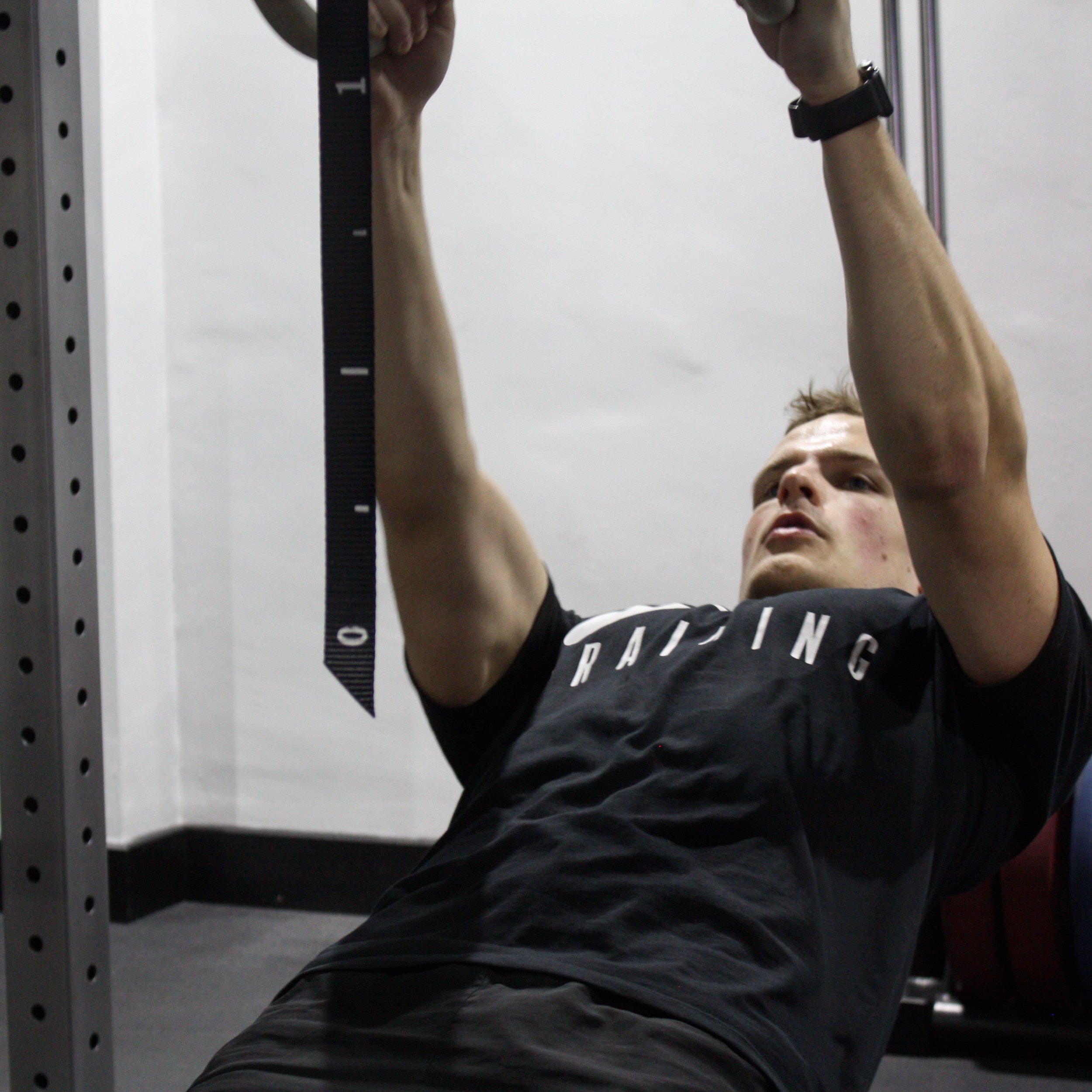The Weight Training Framework My Clients Follow For a Pain-Free Body in 20 Years
It’s widely known that consistent resistance exercise is one of the best things to do for your health. I would in fact personally go as far as saying that it’s the best. When it comes to maintaining good health, feeling great, building longevity and ultimately enabling your wellbeing to flourish, proper weight training is excellent!
Well executed weight training will retain muscle mass, build joint and bone strength, improve metabolic health, boost brain health and so much more. There’s a mountain of scientific research to support this. Suggesting that it’s one of the biggest influencers for health span and longevity.
Your current workouts will reflect how you feel through midlife and beyond!
If you walk into any gym across the country, you’ll see a large number of people weight training, which is awesome to see. Unfortunately, too many people are training with a very appearance-driven approach.
What do I mean by this?
Essentially, it's a style of weight training where primarily the ‘mirror muscles’ are priorities, often posterior muscles are neglected, ego lifting happens, full range of motion is ignored, ultimately, leading to pains, imbalances, posture issues (shoulders rolled forward is a common one) and a dysfunctional body in the long-run.
Of course, this appearance-driven approach isn’t inherently bad, I know many people that workout for aesthetic purposes and they’re in excellent shape when it comes to pain-free quality movement, posture and health. The difference being, these people will have a well balanced approach to their weight training with many of the pitfalls listed above being addressed, this is most important.
When weight training with my clients, there are a few components that I include in everybody's' programme to ensure a well balanced approach is being followed and we're working towards a strong, robust and pain-free body for the future!
Weight training for a strong, robust and pain-free body in 20 years:
These are 4 key components I include in all of my clients’ weight training plans.
1. We bias the posterior chain - Throughout our resistance sessions we focus heavily on building strength in the muscles on the back of the body. The back muscles, glutes and hamstrings primarily. These posterior muscles play a huge role in creating movement, producing power, joint health, your posture and, crucially, staying pain-free.
A few of my go-to posterior exercises include:
Barbell Hip Thrusts
Romanian Deadlifts
Single Arm Rows
Hamstring curls
Pull-ups
2. Focus on effective core training - Core training is vital for preventing back pain, structural alignment and transferring power between the lower and upper body. (essential for sports) We put a particular emphasis on building core strength to resist force and stabilise the spine. Therefore, we don’t perform many popular ‘ab’ exercises such as crunches or leg raises. Instead, many of our go-to core moves are static holds and carries, usually using a pretty heavy load.
Try these:
Kettlebell Suitcase Carry
Kettlebell Farmer Carry
Planks & Roll-outs
Pallof Variations
3. Explore all movement patterns and planes - People commonly structure their weights workouts around muscle groups. You’ve likely heard people do a “chest day” or “leg day” - whilst these aren’t necessarily bad (though for most, a less than ideal approach), they don’t have a place in what I would consider a well balanced routine.
I structure workouts around movement patterns such as pushing, pulling, hinging and squatting. Most sessions are full-body and we train all movement patterns throughout a week, including a range of exercises and crucially, exploring lateral and rotation exercises also.
4. Use a combination of equipment - We don’t just jump from machine to machine, we use a combination of dumbbells, kettlebells, bodyweight, bands, balls, machines and more. This encourages exercise variety. We can alter the ways we load exercises, we can include single limb training, we achieve greater mobility and stability results and, ultimately, increase the ability to move fluidly.
Do you feel like your resistance training needs a shake up?
Perhaps you’re bored of doing the same exercises or fed up of feeling stiff and immobile?
Why not drop me a message and we can get a free 20 minute wellbeing audit session set up!
Don't fancy that?
Try my online audit instead: https://welltolead.scoreapp.com/
